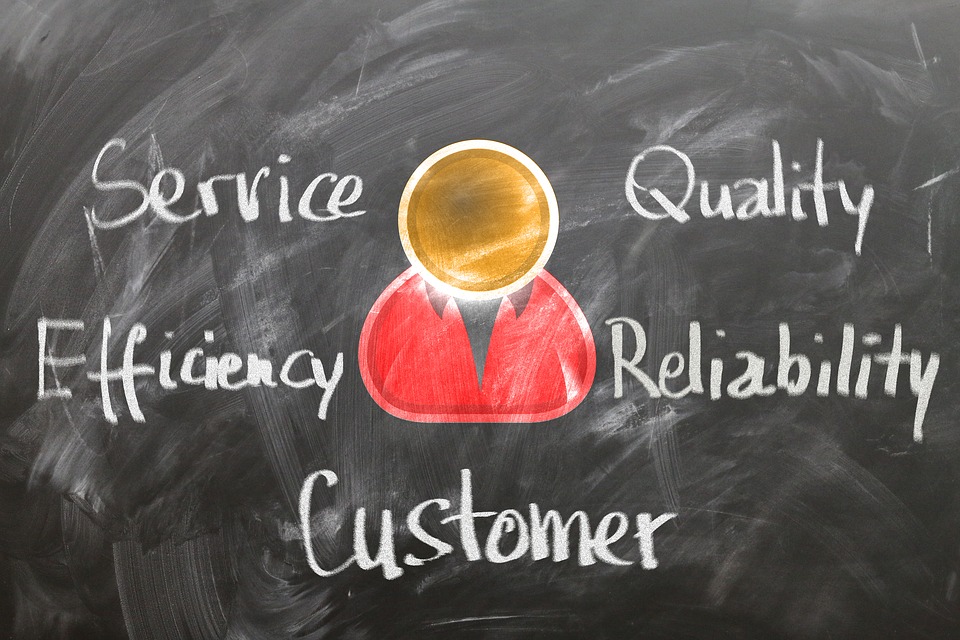For companies whose main customer interactions take place online it can sometimes be tricky to identify things which don’t work quite so well. While lots of analytics are increasingly available, the reality is that these require careful interpretation in order to work out which areas of a website are doing their job properly – and which ones aren’t.
With this in mind Google, a company that knows a thing or two about online customer experience, last week used a blog post to share a great idea for making best use of analytics to identify areas for improvement in customer experience.
The best thing about it is that it’s actually pretty simple, easy, and costs nothing: simply get your staff together and spend an hour or two imagining what your customer experience would look like – if it were in a standard ‘bricks and mortar’ shop.
So for example, Google have made three excellent comic videos about bad online customer experience (not an easy feat!) which highlight some common areas where companies often fail in this regard. (Head over to the blog post to view them: they only run about 5 minutes in total but are really very effective at illustrating the point).
The videos focus on a few particular areas where companies frequently hurt their customer experience by doing the wrong things as a result of bad site design. These issues are:
– Having a convoluted and ineffective site search function
– Organising a site’s contents in an illogical way ‘behind the scenes’, inevitably exacerbating the above problem of a malfunctioning site search
– Having a lengthy and frustrating checkout process (time-outs, captcha verifications, requesting endless usernames and personal details)
– Pestering customers with too many ‘similar’ or ‘recommended’ products that actually get in the way of what they really want
I think these videos can provide a great self-reflexive tool for improving a site’s ability to provide great customer experience – and ultimately increase user numbers and revenue.
My advice would be to show staff these videos and then get them to act out, or at least imagine and discuss, the equivalent customer experience for your business as if it were in a physical shop. Sometimes these kinds of imaginative exercises are excellent at providing a different perspective and realising what works well – and what needs work.




